© Use of content without authorization is prohibited

Lazio
Frosinone Latina Rieti Rome Viterbo
Lazio is a predominantly hilly region, with numerous lakes of volcanic origin. The little flatland is mainly concentrated in the Agro Pontino; the highest mountains are part of the Apennines, with Monte Terminillo offering splendid views. I have visited the northern part of this region twice, in addition to Rome, the most beautiful city in the world. The "Viterbo Coastline" is sandy, with a dark-colored beach and, during my stays, particularly windy; the Coast of Ulysses, in the province of Latina, is for me a world yet to be discovered, with ochre-colored beaches among the most renowned of the Tyrrhenian Sea. Off the Gulf of Gaeta are the Pontine Islands. The cuisine of Lazio is particularly flavorful, with first courses that are mouthwatering; my favorites are Bucatini all’Amatriciana and Tonnarelli Cacio e Pepe. Among the wines, the whites stand out, especially those from the Castelli Romani.
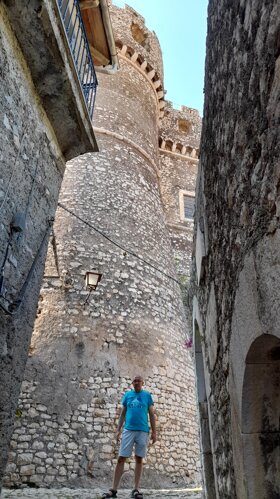
Province of Latina
Area: 2256.02 km² Population: 566,485 Municipalities: 33
Sermoneta: Caetani Castle
Sermoneta: Caetani Castle
travel photos...
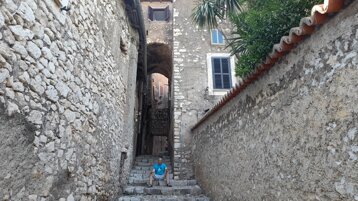

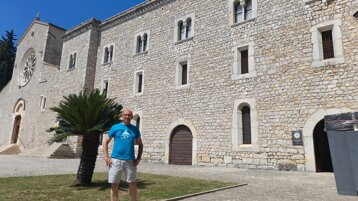
Sermoneta
Cori
Valvisciolo Abbey
Medieval alleys of the historic center
Panorama of the village from the Pontine Plain
The Facade overlooking the so-called "nightingale valley"

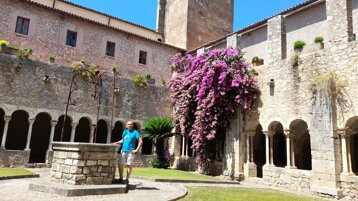
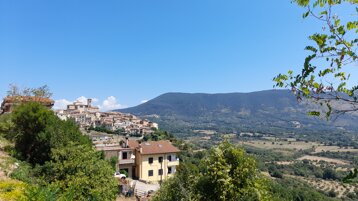
Valvisciolo Abbey
Valvisciolo Abbey
Prossedi
Panorama of the village and the Lepini Mountains
Covered corridors of the Cloister
Inner garden of the Cloister

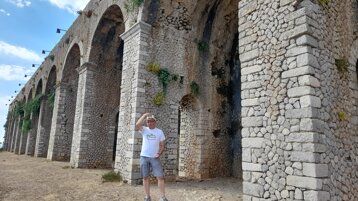
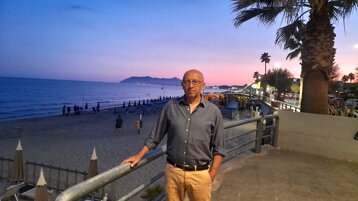
Terracina
Terracina
Terracina
Temple of Jupiter Anxur: Reconstructive hypothesis of the Main Temple
Temple of Jupiter Anxur: the complex of the Minor Terrace
Beach and seafront. In the background, the sun sets over the Circeo Promontory
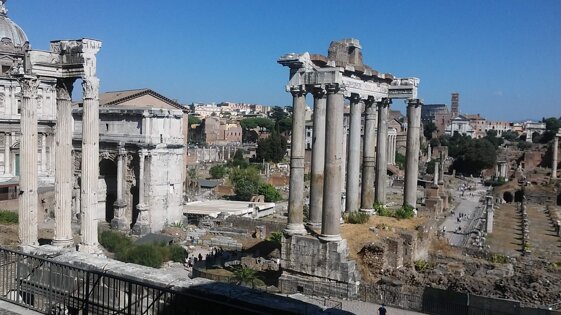
Metropolitan City of Rome
Area: 5365.77 km² Population: 4,230,292 Municipalities: 121
Rome: Roman Forum
Rome: Roman Forum
Travel stories...


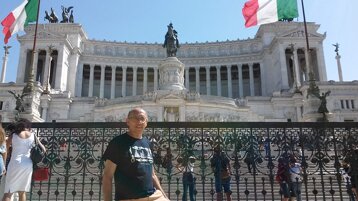
Rome: Trevi Fountain
Rome: Altar of the Fatherland
Rome: Piazza di Spagna
Starting from the Column of the Immaculate Conception, after a few minutes and a bottle of sparkling water, I reach the Trevi Fountain, the largest in the capital. This monument of Roman Baroque, commissioned by Pope Clement XII, was completed in the second half of the eighteenth century based on a design by the architect Nicola Salvi. The large basin represents only a part of the architectural complex, which consists of rocks and marble sculptures, among which stands out the one depicting the Greek god Oceanus, Titan of the sea. What strikes me most about the Trevi Fountain, besides the imposing structure that occupies almost the entire square, is the chromatic contrast between the transparency of the water and the warm color of the travertine cliffs populated by winged sea horses. The large crowd prevents me from taking solitary photos and the municipal guards struggle to enforce the rules. Before leaving, I toss a coin into the water, because according to tradition, whoever does so will return to Rome.
As a great history enthusiast, first of the Risorgimento and then of the twentieth century, I was eagerly awaiting my visit to the Vittoriano. Arriving in Piazza Venezia, which owes its name to the fact that in the sixteenth century the Embassy of the Venetian Republic was located here, I am struck above all by the vastness of the spaces. Here, during fascism, historic rallies took place; and it was from the balcony of Palazzo Venezia that on June 10, 1940, Mussolini, declaring war on France and England, decreed Italy's entry into the Second World War. Arriving in front of the Altare della Patria, I pause for a minute before the monument to the Unknown Soldier, guarded by two sailors. I enter the Vittoriano, so called because it was built in memory of Vittorio Emanuele II, King of Italy. I visit both the Museum of the Risorgimento and the Zanardelli Room, which hosts an exhibition on the life of the actress Anna Magnani. I go outside, to the top of the staircase where I can admire up close the statue of the King on horseback; and if behind me are the marble columns of this fascinating complex, in front of me the wind waves the tricolor flag.
I enter the Eternal City from the north and head towards Villa Borghese, the public park created in 1600 by Cardinal Scipione Borghese. I find a spot for the car in the large underground parking lot; I go down to the metro to go to the city center and find it closed. Tragedy? No, luck! Walking around Rome is wonderful despite the great distances from one place to another. The first stop is Piazza di Spagna, with its porphyry paving stones trodden by a multitude of tourists. In the center of the square is the famous Barcaccia Fountain, created in 1629 by the sculptor Pietro Bernini. It is not the classic basin with a geometric shape but a true work of art in the shape of an ancient river boat. I take several shots where too many people cover the transparency of the water and the travertine decorations; in all the photos I am “in company” with a Sri Lankan rose seller. Behind me is the Spanish Steps, beyond the fountain is Via Condotti, the most chic street in the capital. For now, I decide to ignore them both to wander through the alleys of the Colonna district.
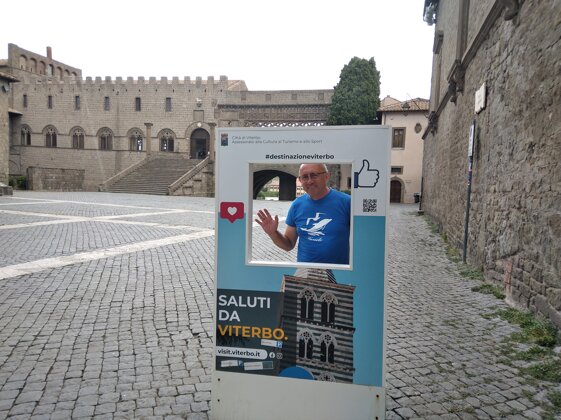
Province of Viterbo
Area: 3616.26 km² Population: 308,187 Municipalities: 60
Viterbo: Piazza San Lorenzo
Viterbo: Piazza San Lorenzo
travel photos...
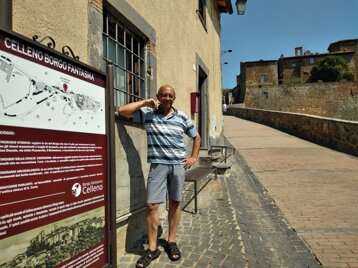

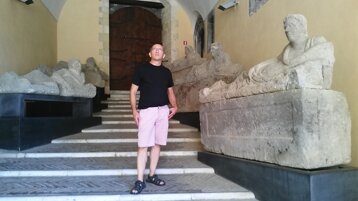
Tarquinia
Celleno
Civita di Bagnoregio
Etruscan Art Masterpieces at the National Museum of Tarquinia
Entrance to the "Ghost Village"
The "Dying City" seen from the bridge